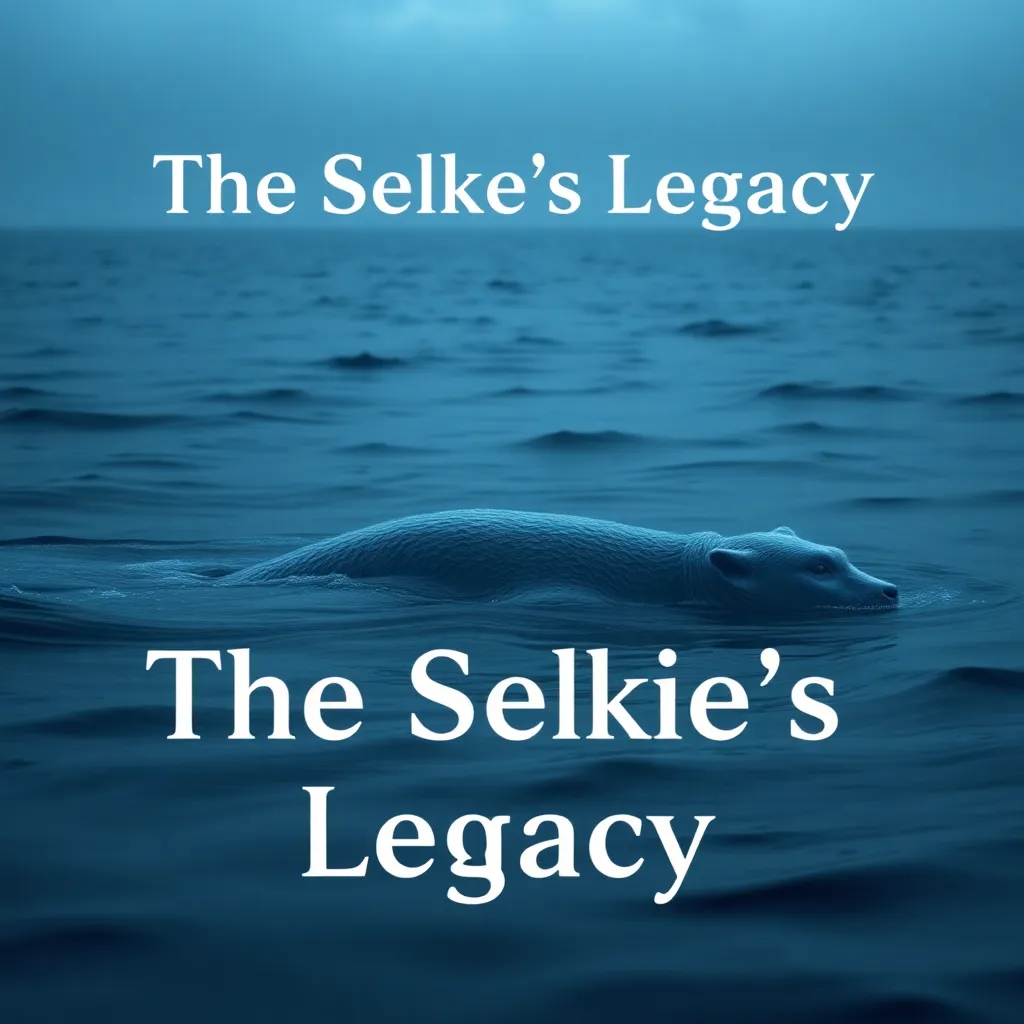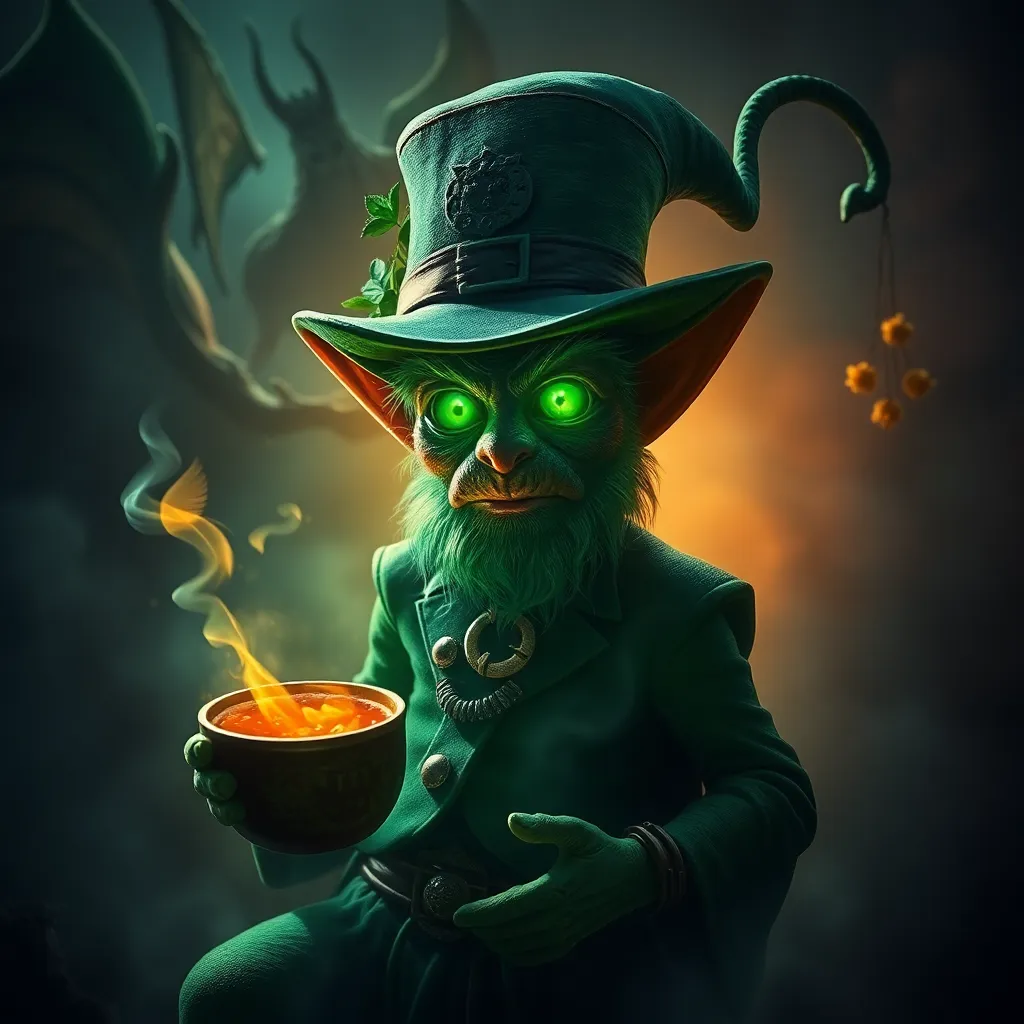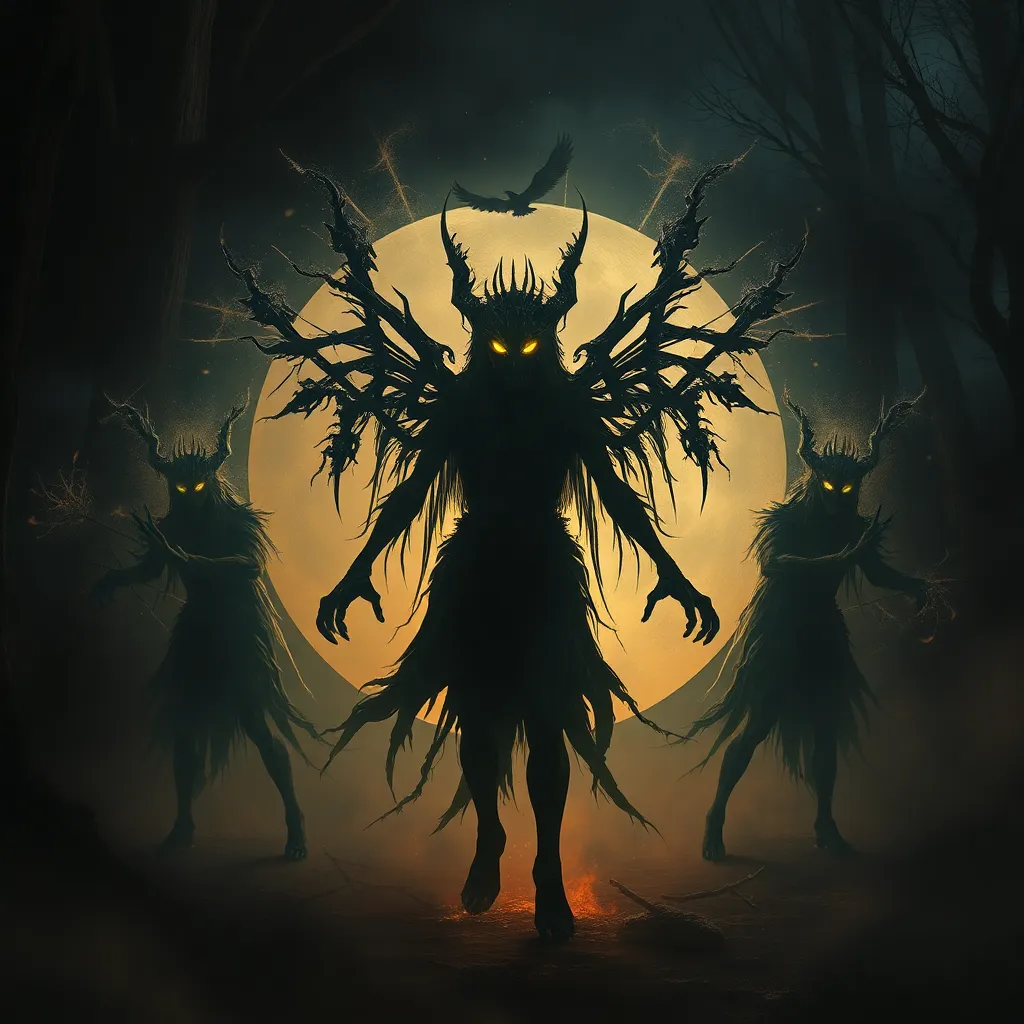The Selkie’s Legacy: Examining the Myth’s Impact on Modern Society and Culture
I. Introduction
The Selkie myth, originating from the coastal folklore of Scotland, Ireland, and parts of Norway, tells the captivating story of seal creatures that can shed their skins to become human. This enchanting narrative reflects deep-rooted themes of transformation, longing, and the struggle between freedom and captivity. Folklore, like the Selkie myth, plays a crucial role in cultural identity, providing communities with shared stories that encapsulate their values, fears, and aspirations. The purpose of this article is to explore the Selkie myth’s influence on modern society, examining its relevance in contemporary culture, literature, art, and environmental awareness.
II. Origins of the Selkie Myth
The Selkie myth has its origins in the rich tapestry of Norse and Celtic mythology, with historical roots stretching back to the early medieval period. Found primarily in coastal communities, these legends were passed down through generations, often as cautionary tales or romantic epics.
A. Historical context and geographical roots
Geographically, the Selkie myth is most prevalent in the Shetland and Orkney Islands of Scotland, as well as in Irish coastal regions. The harsh and beautiful landscapes of these areas provided a fertile ground for storytelling, with the sea as both a source of sustenance and a symbol of mystery.
B. Variations of the Selkie legend across cultures
While the core elements of the Selkie legend remain consistent, variations exist across different cultures. For instance:
- In some Irish tales, Selkies are portrayed as tragic figures who long for their true home in the sea.
- In Scottish folklore, the interaction between Selkies and humans often reflects themes of love and betrayal.
- Norse mythology includes similar shapeshifting creatures, emphasizing the connection between humans and nature.
C. Symbolism of seals in folklore
Seals, as symbols in folklore, represent adaptability, the duality of existence, and the connection between the earthly and the spiritual. Their ability to navigate both land and sea mirrors the human experience of navigating different identities and environments.
III. Key Themes in the Selkie Myth
A. Transformation and duality
Central to the Selkie myth is the theme of transformation. The ability of Selkies to shift between seal and human forms reflects the duality inherent in all beings. This transformation serves as a metaphor for personal change and the quest for identity.
B. Love and loss
The Selkie myth often intertwines themes of love and loss, particularly in relationships between Selkies and humans. These narratives frequently highlight the heartache that arises when love is bound by the constraints of different worlds.
C. Freedom vs. captivity
Another significant theme is the struggle between freedom and captivity. Selkies yearn for the ocean and their natural state, symbolizing the universal desire for freedom and the consequences of societal expectations and constraints.
IV. The Selkie Myth in Literature and Art
A. Notable literary works inspired by the Selkie legend
The Selkie myth has inspired numerous literary works, including:
- The Selkie Wife by the Scottish poet William J. Smith.
- Seal Woman by the Irish author Kathleen O’Reilly.
- The Secret of the Selkie by Francesca Simon, aimed at younger audiences.
B. Artistic representations and interpretations
Artists have also depicted Selkies in various forms, from paintings and sculptures to modern digital art. These representations often evoke the mystical nature of the Selkies, capturing their beauty and the poignant themes of their stories.
C. The role of storytelling in preserving cultural narratives
Storytelling remains a vital means of preserving cultural narratives, ensuring that the Selkie myth continues to resonate in contemporary society. Through literature and art, these stories evolve while maintaining their core messages.
V. The Selkie Myth and Environmental Awareness
A. Connection between the myth and marine conservation
The Selkie myth can serve as a powerful tool for marine conservation, emphasizing the interconnectedness of humans and the ocean. By highlighting the beauty and fragility of marine life, the myth encourages respect for the natural world.
B. Impact of climate change on seal populations and coastal communities
Climate change poses a significant threat to seal populations and the coastal communities that rely on them. As sea levels rise and ecosystems shift, the Selkie myth takes on new relevance, reminding us of the delicate balance between humanity and nature.
C. Role of folklore in fostering environmental stewardship
Folklore, including the Selkie myth, can inspire a sense of responsibility towards the environment. By connecting people to their heritage and the natural world, these stories can motivate action for sustainable practices and conservation efforts.
VI. Modern Adaptations and Representations
A. Contemporary films, television, and theater featuring Selkie narratives
In recent years, the Selkie myth has found its way into contemporary media, with films such as Song of the Sea and The Secret of Roan Inish bringing the legend to new audiences. These adaptations often highlight the emotional depth of the original tales while infusing them with modern sensibilities.
B. Influence on popular culture and media
The Selkie narrative has also permeated popular culture, influencing music, fashion, and even social media. The allure of the mystical Selkie continues to captivate imaginations, leading to a resurgence of interest in folklore.
C. Reinterpretation of the myth in modern contexts
Modern reinterpretations of the Selkie myth often explore contemporary themes such as gender identity, environmentalism, and mental health, demonstrating the myth’s adaptability and relevance in today’s world.
VII. The Psychological and Social Implications of the Selkie Myth
A. Exploration of identity and belonging
The Selkie myth serves as a poignant exploration of identity and belonging. The duality of the Selkie experience resonates with individuals grappling with their own identities in a complex world.
B. The myth as a reflection of societal values and struggles
As a reflection of societal values, the Selkie myth encapsulates themes of love, loss, and the quest for freedom. It speaks to the human condition, addressing universal struggles that transcend time and culture.
C. Therapeutic uses of myth in understanding human experience
Myths, including the Selkie legend, can have therapeutic applications, helping individuals process emotions and experiences. Engaging with these narratives can foster empathy and understanding, offering insights into the human experience.
VIII. Conclusion
In conclusion, the Selkie myth holds significant relevance in modern society, serving as a vessel for exploring themes of identity, love, and environmental stewardship. Its enduring legacy continues to shape cultural narratives, reminding us of our connections to the natural world and to each other. As we delve deeper into the rich tapestry of folklore, we are encouraged to appreciate the profound connections between myth and contemporary life, fostering a greater understanding of ourselves and our place in the world.



